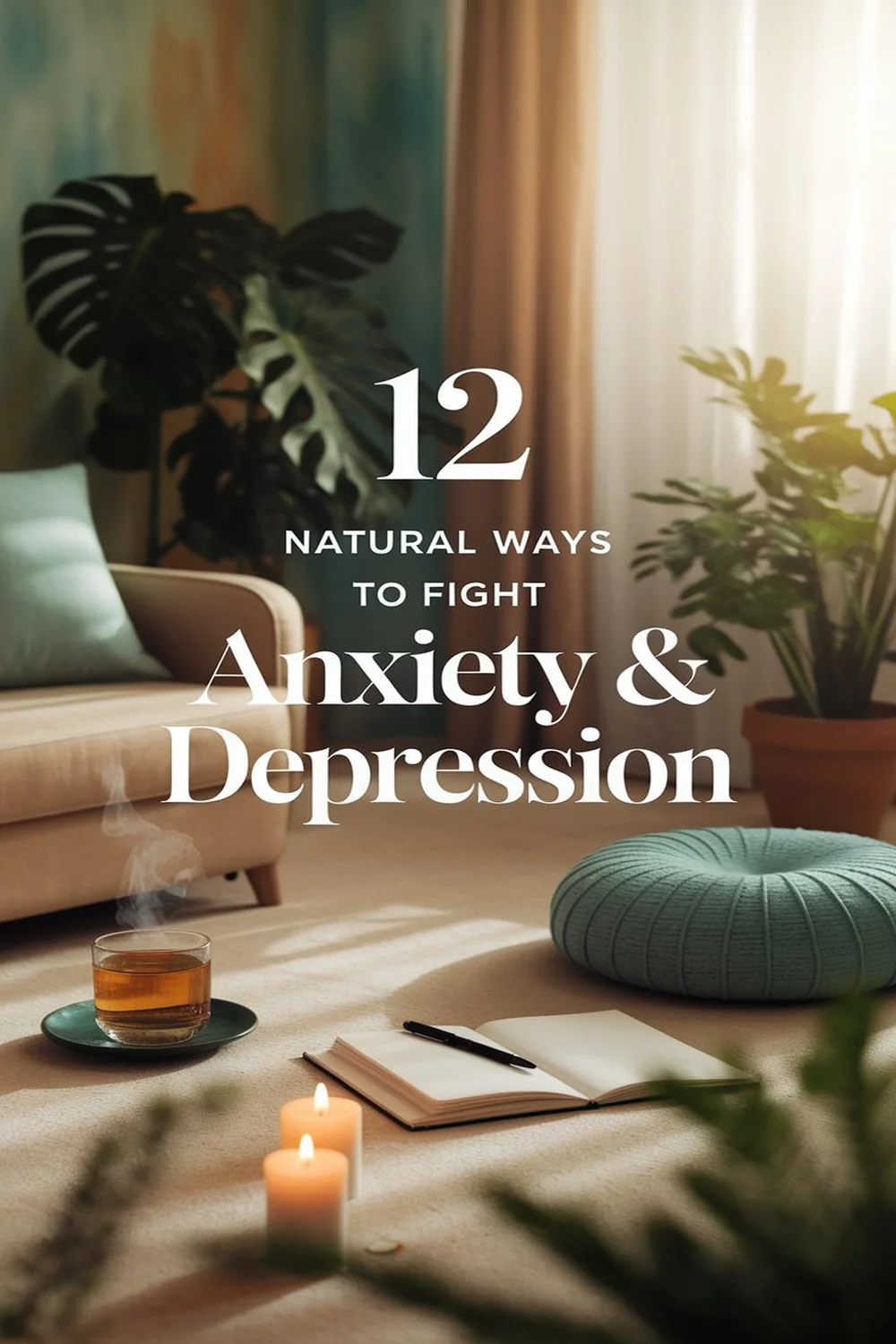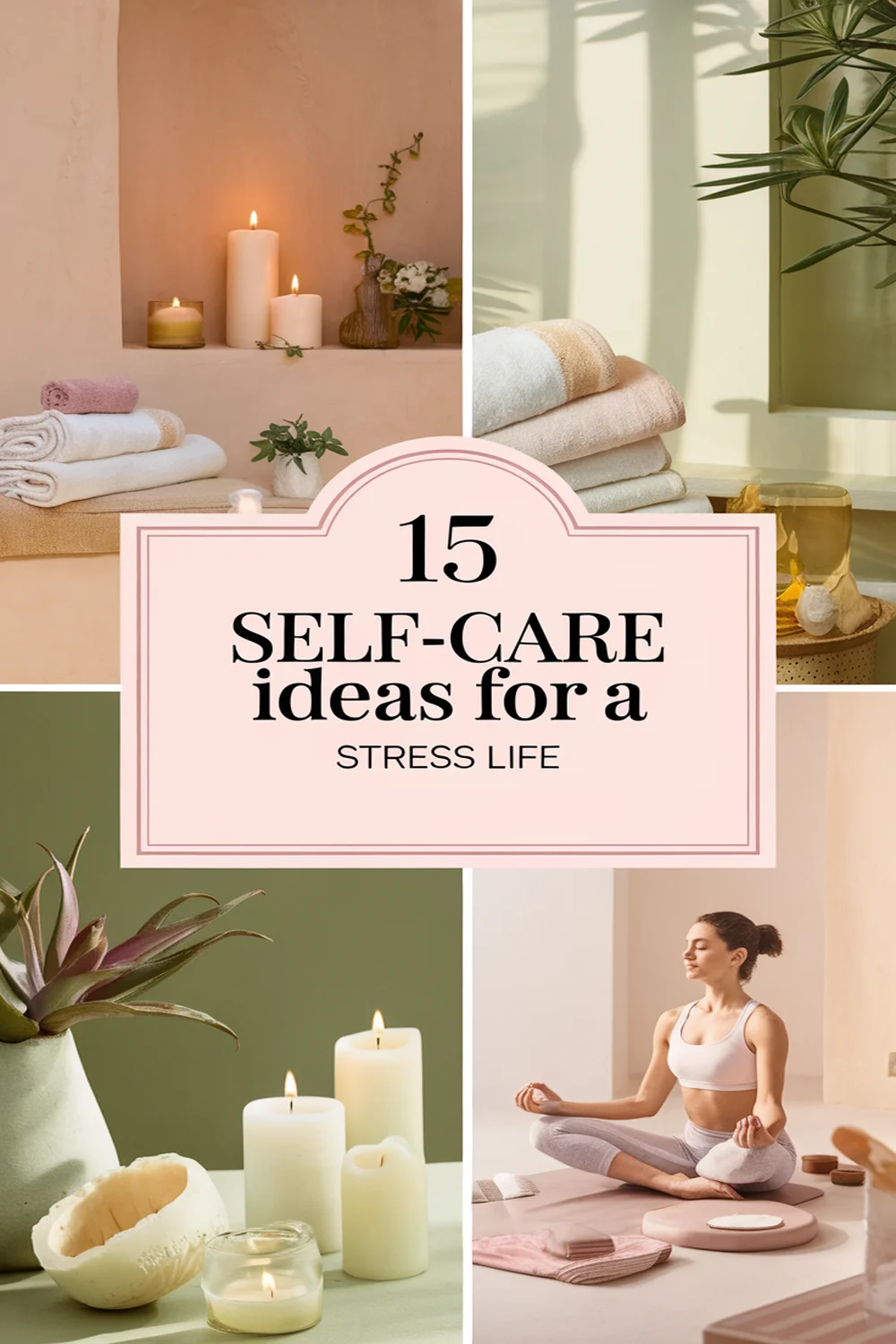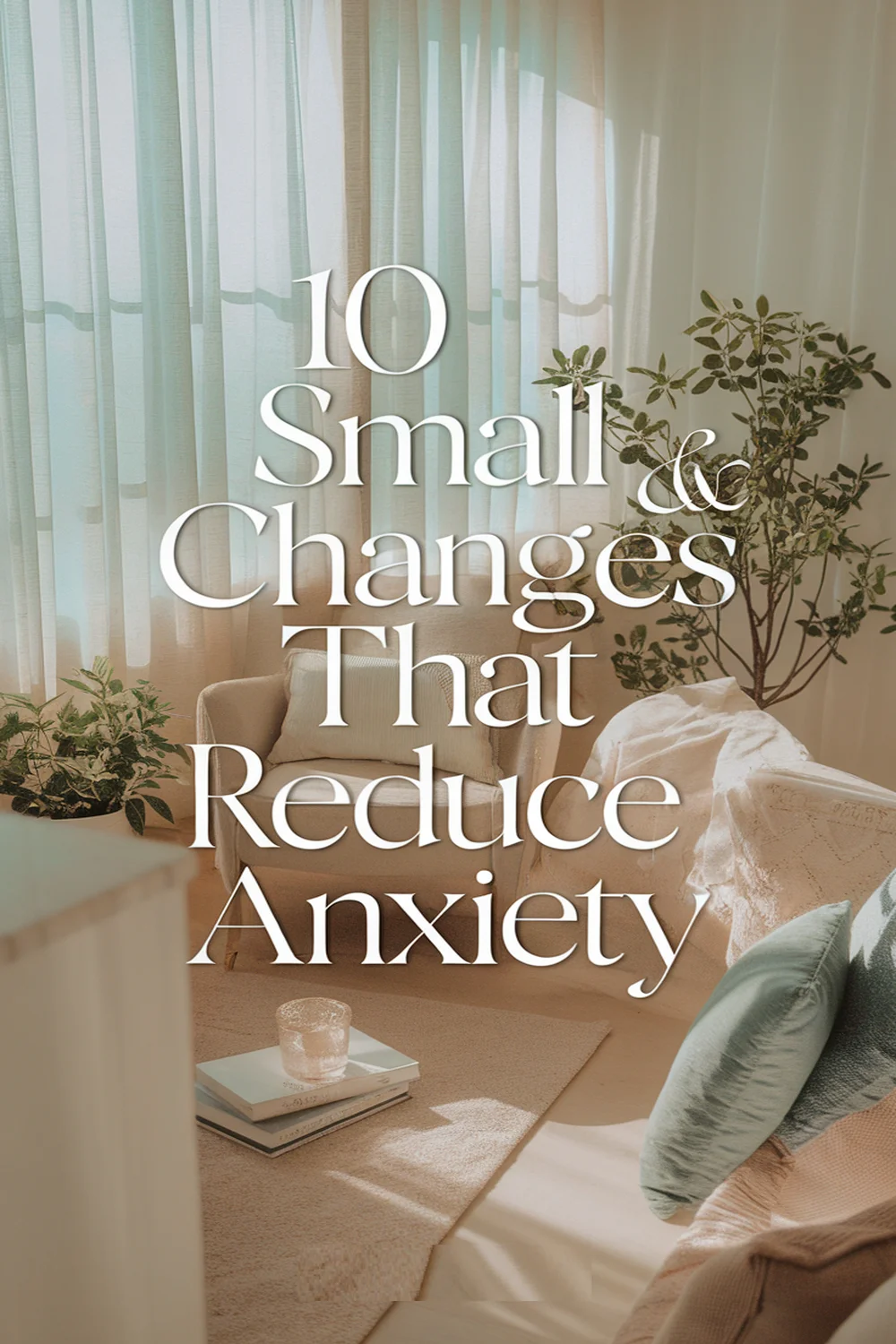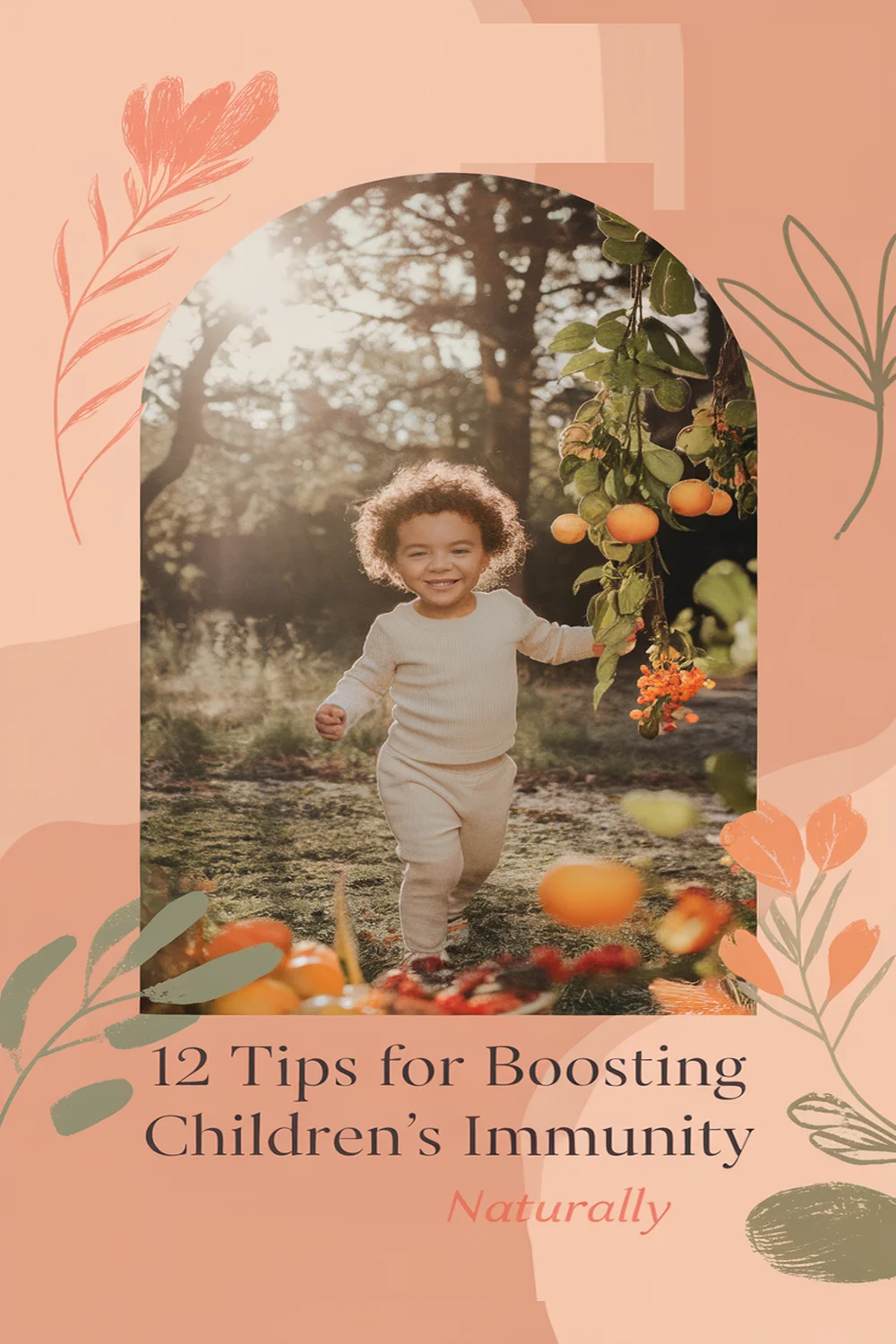If you’re new to meditation, you’ve got plenty of techniques to explore! Try Breath Awareness to focus on your breath, or Body Scan for body relaxation. Mindfulness helps you stay present, while Loving-Kindness cultivates compassion. Guided Visualization lets you escape into calming imagery. You can also experiment with Progressive Muscle Relaxation, Aromatherapy, and Sound Bath sessions for deeper experiences. Each practice offers unique benefits, and there’s so much more to learn about how they can enhance your journey.
Breath Awareness Meditation
Breath awareness meditation is one of the simplest yet most powerful techniques you can practice as a beginner. By focusing on your breath, you ground yourself in the present moment, allowing distractions to fade away. Find a comfortable seated position, close your eyes gently, and begin to notice your breathing—feel the cool air entering your nostrils and the warmth as you exhale. Don’t try to change your breath; just observe it. If your mind wanders, that’s completely normal! Acknowledge those thoughts and gently redirect your attention back to your breath. This practice cultivates mindfulness, reduces stress, and enhances emotional well-being. With regular practice, you’ll find it easier to stay present both on and off the meditation cushion.
Recommended Items
Discover our handpicked health and wellness essentials to enhance your meditation journey!
Body Scan Meditation
As you become more comfortable with breath awareness meditation, exploring body scan meditation can deepen your mindfulness practice. This technique invites you to focus on different parts of your body, promoting relaxation and awareness. Here’s how to get started:
- Find a Comfortable Position: Lie down or sit in a way that feels good to you.
- Close Your Eyes: This helps minimize distractions and allows you to connect inward.
- Start at Your Toes: Gradually move your focus up your body, noticing sensations, tension, or comfort.
- Breathe into each Area: As you focus, imagine your breath flowing into that part, releasing tension.
Mindfulness Meditation
While you may feel overwhelmed by the demands of daily life, mindfulness meditation offers a powerful way to cultivate presence and clarity. This practice encourages you to focus on the here and now, helping you become more aware of your thoughts, feelings, and surroundings. To get started, find a quiet, comfortable spot. Close your eyes gently, and take a few deep breaths. As you breathe, notice the sensations and sounds around you. When your mind wanders—because it will—gently guide your attention back to your breath. Aim for a few minutes daily, gradually increasing your meditation time as you grow more comfortable. Over time, you’ll find that mindfulness enhances your ability to handle stress and improves your overall well-being.
Task Overview for 12 Meditation Techniques
Loving-Kindness Meditation
Loving-kindness meditation, often referred to as “Metta,” is designed to cultivate compassion and support for yourself and others. This technique encourages you to extend feelings of love and kindness, starting from within and expanding outward. It’s a powerful practice that can transform your mindset and relationships. Here’s how to get started:
- Find a quiet space: Sit comfortably, close your eyes, and take a few deep breaths.
- Generate loving feelings: Focus on yourself first and silently repeat phrases like, “May I be happy; may I be healthy.”
- Expand your focus: Think of loved ones and repeat similar phrases for them.
- Include everyone: Gradually extend this loving kindness to neutral people and even those you find difficult.
With practice, you’ll foster a deeper sense of connection.
Guided Visualization
Guided visualization allows you to tap into your imagination to create calming and empowering mental images, enhancing your meditation practice. This technique involves listening to a pre-recorded narration or a live guide who leads you through a vivid scenario. You might envision yourself on a serene beach, surrounded by gentle waves, or walking through a lush forest filled with vibrant colors. As you immerse yourself in these scenes, focus on the details—how the air feels, the sounds you hear, and the emotions you experience. This process not only boosts relaxation but also encourages personal growth by reinforcing positive thoughts and feelings. So, find a quiet space, close your eyes, and let your imagination take you wherever you choose.
Mantra Meditation
Mantra meditation offers a powerful way to focus your mind and cultivate inner peace. This technique involves silently repeating a word, phrase, or sound to help anchor your thoughts. Here’s how to get started:
- Choose Your Mantra: Select a word or phrase that resonates with you, like “peace” or “I am enough.”
- Find a Comfortable Position: Sit or lie down in a quiet space where you won’t be disturbed.
- Set a Timer: Start with just five to ten minutes and gradually increase as you become more comfortable.
- Repeat Your Mantra: Close your eyes, breathe deeply, and repeat your mantra, allowing any distractions to fade away.
Embrace the process and enjoy the journey to tranquility!
Walking Meditation
If you find sitting still challenging, walking meditation might be the perfect fit for you. This technique combines movement with mindfulness, allowing you to focus on your surroundings while grounding yourself.
| Step | Action |
|---|---|
| 1 | Find a quiet, safe space |
| 2 | Stand still, taking a deep breath |
| 3 | Begin walking slowly |
| 4 | Focus on each step and your breathing |
| 5 | Continue for 10-20 minutes |
As you walk, pay attention to how your feet feel touching the ground. Notice the rhythm of your breath and the sensations around you. Walking meditation encourages relaxation and awareness, making it a beautiful addition to your practice. Enjoy the journey!
Zen Meditation (Zazen)
Zen meditation, or Zazen, invites you to experience stillness and awareness in a profound way. This practice helps you cultivate mindfulness and connect with the present moment. To get started with Zazen, follow these steps:
- Find a Quiet Space: Choose a calm environment free from distractions.
- Sit Comfortably: Position yourself on a cushion or chair, keeping your back straight.
- Focus on Your Breath: Breathe naturally and draw your attention to the rhythm of your inhalation and exhalation.
- Observe Your Thoughts: Let them come and go without judgment—just acknowledge them and return to your breath.
Embrace this technique, and you’ll find deeper clarity and peace in your day-to-day life. Enjoy the journey!
Progressive Muscle Relaxation
After exploring Zen meditation, you might want to try another technique that promotes relaxation and reduces stress: Progressive Muscle Relaxation (PMR). This method involves systematically tensing and then relaxing each muscle group in your body. Start by finding a comfortable position, then focus on your feet. Tense the muscles for about five seconds, breathing in deeply, and then release while breathing out. Move through your calves, thighs, abdomen, arms, and face. Each release helps melt away tension, making you more aware of the difference between tension and relaxation. PMR can improve your overall sense of well-being and is a wonderful tool to incorporate into your daily routine, especially after a stressful day. Give it a try, and feel the calm.
Transcendental Meditation
While you may be exploring various meditation techniques, Transcendental Meditation (TM) offers a unique approach that focuses on deep relaxation and inner peace. Unlike other forms, TM uses a specific mantra that helps you settle your mind effortlessly. Here’s how you can get started:
- Find a Quiet Space: Choose a comfortable location free from distractions.
- Select Your Mantra: Your instructor will provide a personal mantra to repeat silently.
- Set a Timer: Aim for 15-20 minutes of practice, twice a day.
- Repeat Your Mantra: Close your eyes and gently repeat the mantra, allowing thoughts to flow without judgment.
Aromatherapy Meditation
Aromatherapy meditation blends the calming effects of essential oils with mindfulness practices to create a soothing experience for both body and mind. By adding scents like lavender or eucalyptus to your meditation routine, you can enhance your relaxation and focus. Start by choosing an essential oil that resonates with you; verify it’s pure and natural.
As you settle into your meditation space, diffuse the oil or apply a small amount to your wrists. Close your eyes and take deep, slow breaths, allowing the aroma to fill your senses. Pay attention to how it makes you feel, and let your thoughts gently drift away. Incorporating aromatherapy into your meditation not only enriches the experience but also promotes emotional well-being.
Sound Bath Meditation
Three unique elements make sound bath meditation an extraordinary experience for both beginners and seasoned practitioners alike. This practice immerses you in soothing sounds designed to awaken your senses and promote deep relaxation.
Here are four key aspects to explore:
- Healing Sounds: Tibetan singing bowls, gongs, and chimes create vibrations that can help release tension and anxiety.
- Mindfulness Opportunity: As sounds wash over you, it’s a perfect chance to practice letting go of thoughts and just be present.
- Guided Experience: Many sessions include a facilitator, guiding you through the process and enhancing the depth of your experience.
- Community Connection: Group sessions foster a sense of belonging and collective energy, making your practice even more enriching.











